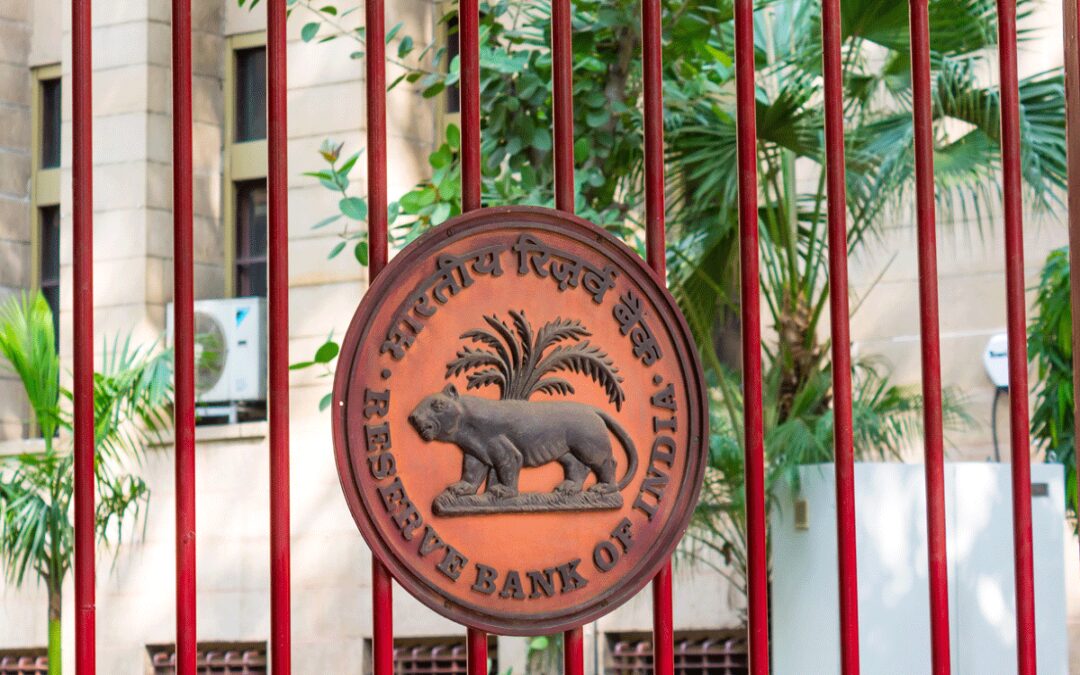Mumbai: The Monetary Policy Committee has not officially raised interest rates for a year, but its novel stance of “focussing on withdrawal of accommodation” has led to much tighter financial conditions than the traditional rate hike stance of “calibrated tightening”, effectively delivering a rate hike without touching the policy rate.
An analysis of the weighted average call rate (WACR) shows that the key overnight market rate has been much higher than the repo rate was during the phase of rate hikes and stance of calibrated tightening that the central bank had adopted in 2018.
According to the RBI’s current policy framework, the central bank aims at aligning the WACR with the repo rate. This is to be done through proactive liquidity management, the framework reads. The WACR, which banks used to borrow and lend funds, decides the price of credit products through the economy.
Latest RBI data shows that from April 2022 – when the MPC moved to a new stance of withdrawal of accommodation – to November 2023, the WACR has been higher than the repo rate for 14 out of the 22 months. For seven of those months, including the four starting August 2023, the WACR has been higher by 20 basis points or more than the repo rate. Given tight liquidity in December and January, the WACR is seen elevated for those months too.
The RBI data shows that over an eight-month phase starting June 2018, when the central bank hiked the repo rate by a cumulative 50 basis points and moved to a stance of calibrated tightening midway, the WACR was above the repo rate only once – in December 2018. In that month, the WACR was seven bps higher than the repo rate.
It is only this month that the RBI’s de-facto rate hike has been reversed, as short-term fund injections by the central bank have allowed the WACR to fall to the repo rate.
In March, June, August, September and November, the WACR was at or above the Marginal Standing Facility (MSF), the upper end of RBI’s rate corridor- described in the monetary policy framework as a penal rate at which banks can borrow from the central bank. The MSF rate, which is 25 bps higher than the repo rate, is currently at 6.75%.
Effectively, this means overnight market borrowing rates were at levels that should theoretically have existed if the RBI’s repo rate was 6.75% instead of the current benchmark policy rate of 6.50%.
In April 2015, the RBI had said that the MSF rate and the fixed overnight reverse repo rate define an informal corridor for limiting intra-day variations in the call rate. “The current stance has been even tighter than calibrated tightening (2018-2019) with WACR closer to MSF since October 2023 onwards due to tightness in liquidity conditions. In response, the RBI has been conducting VRR (variable rate repos) since December. Despite this the WACR has remained closer to MSF rate in December and January,” said Gaura Sengupta, economist, IDFC First Bank. Tight liquidity over the past six months and the pass-through of high money market rates through the economy, have led to speculation the RBI may adopt softer tone on liquidity at policy statement on Thursday.











